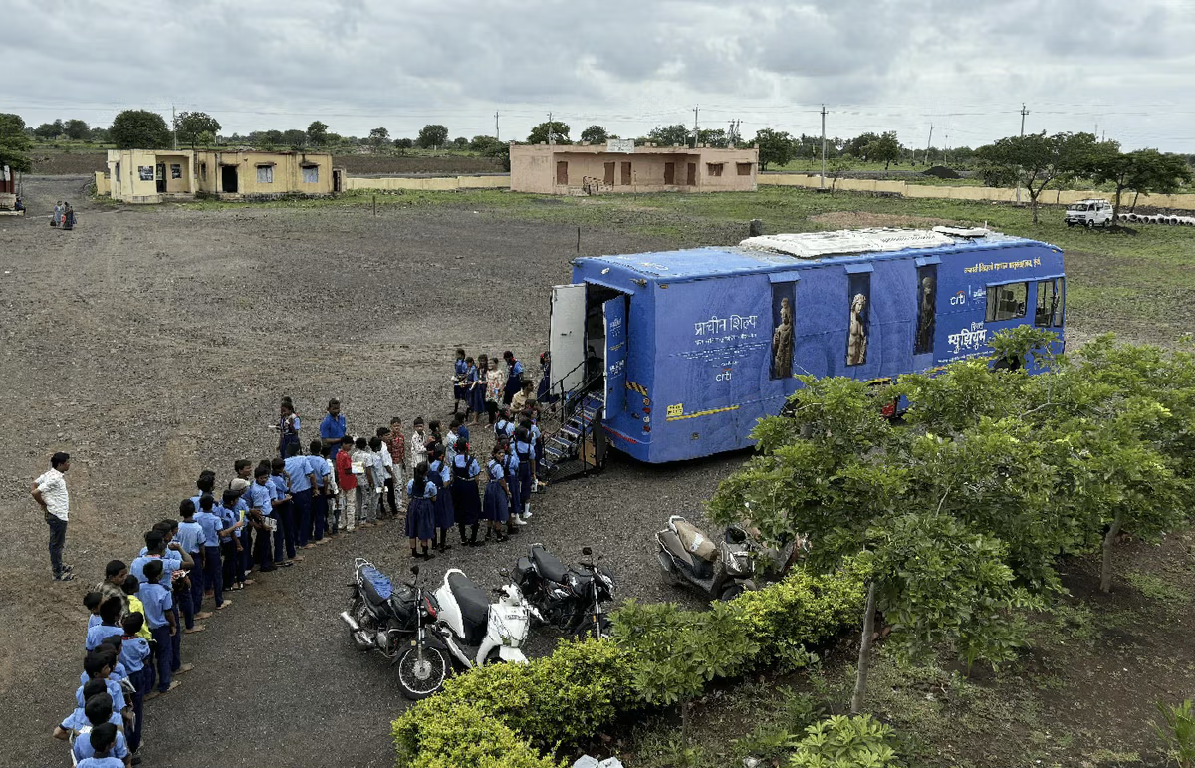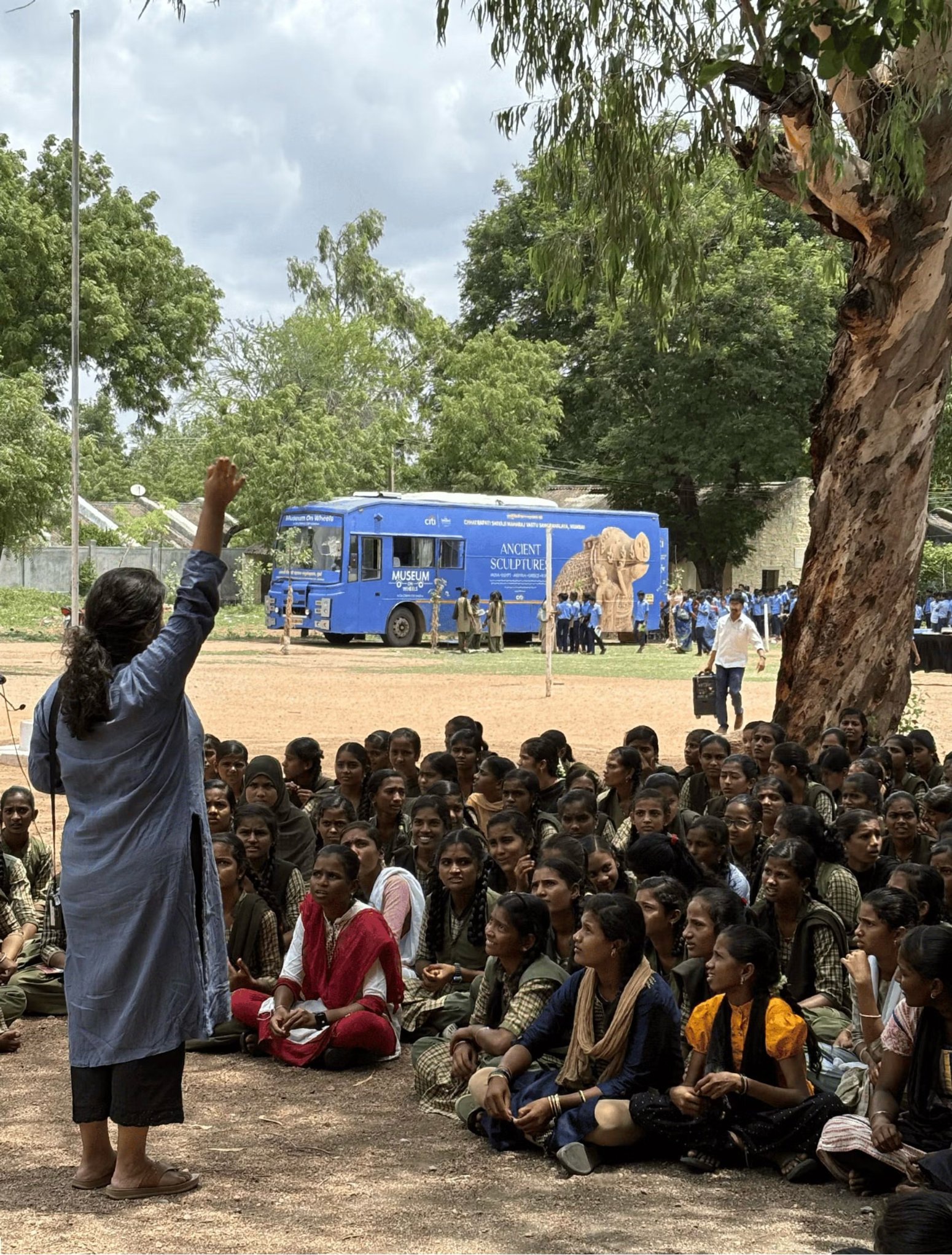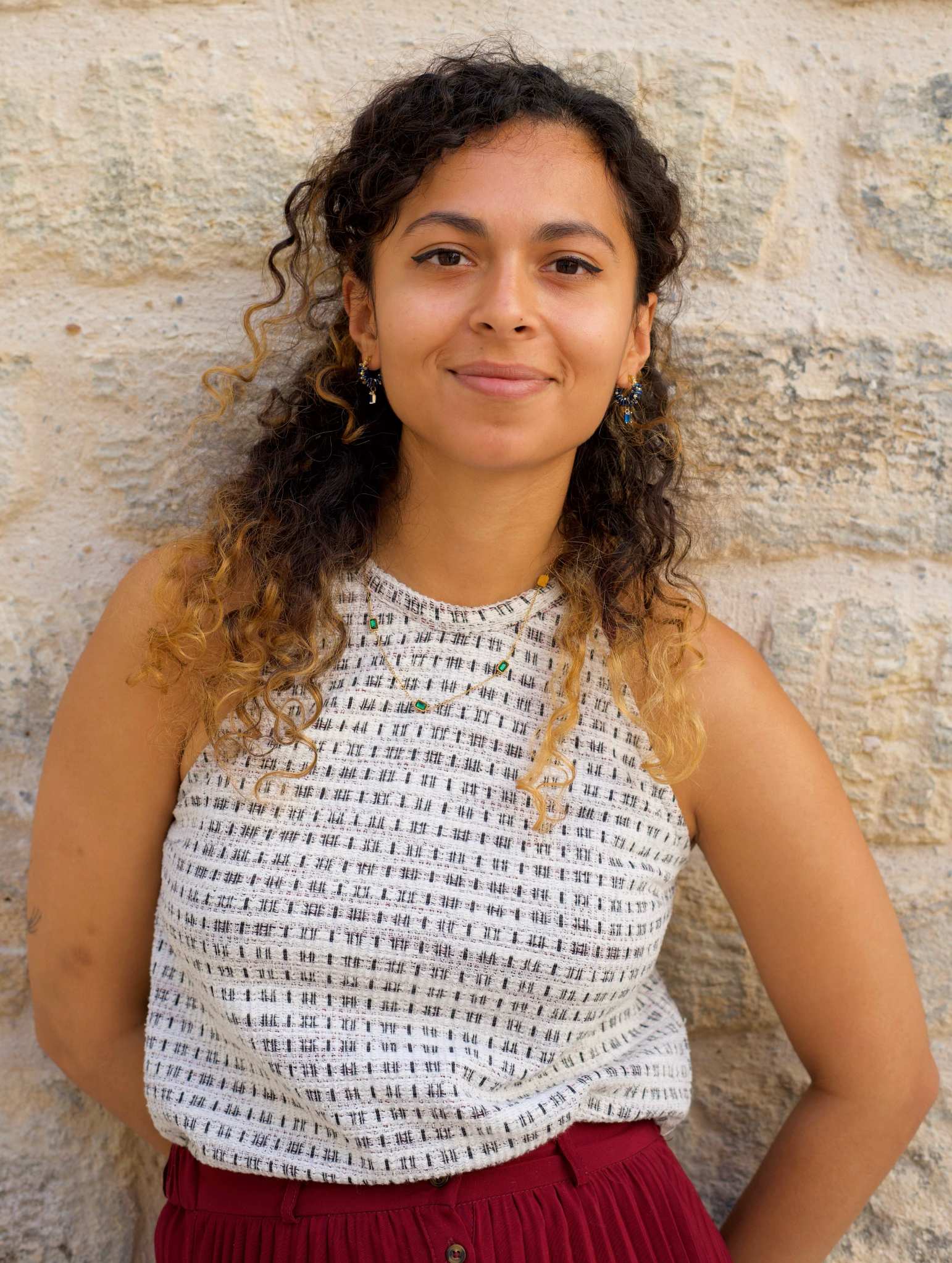Impact on wheels: Democratizing museum access in rural and urban areas in India
Earlier this year at the Communicating the Arts conference in Amsterdam, cultural professionals from across the world spent three days exchanging ideas on how to create lasting impact in the cultural industry. One of the most memorable presentations came from Vaidehi Savnal, Curator of Education and Public Programmes, who introduced Museum on Wheels: an outreach project from one of India’s leading institutions, the Chhatrapati Shivaji Maharaj Vastu Sangrahalaya (CSMVS) in Mumbai.
Courtesy : CSMVS / The Art Newspaper
The museum behind the project, formerly the Prince of Wales Museum, has been a cultural landmark for over a century. Today it houses a wide-ranging collection from Indian archaeology to French silver, Japanese vases and English paintings. A UNESCO World Heritage site since 2018, CSMVS has also gained international recognition for leadership in environmental management. Supported by private sponsors such as Citi and with backing from the Ministry of Culture, the museum has extended its mission far beyond its own walls with Museum on Wheels. By placing outreach at the heart of its work, CSMVS positions itself as a global model for how heritage institutions can balance conservation with accessibility.
Launched in 2015 as part of a CSR initiative, Museum on Wheels (MOW) this year celebrates a decade of democratizing art and building historical literacy from a young age. In a country as large and complex as India, where many communities live far from cultural institutions and lack the means to access them, the project set out to change that. As their motto states, “If you cannot come to the museum, the museum will come to you.” For a student in a rural village, stepping inside the bus might be their first direct encounter with a museum.
Repurposed, air-conditioned buses function as mobile mini-museums, complete with display cases carrying replicas of artefacts from the museum’s collection, demonstration kits and interactive digital screens. Each exhibition draws inspiration from school curricula and extracurricular themes, covering history, art, science and society. Like any physical museum show, MOW includes a well rounded mediation program with guided tours, workshops and hands-on activities tailored for students and teachers in each community the bus visits.
The project’s growth was instantaneous. In its first four years, MOW reached remote districts across Maharashtra. Soon the buses expanded into the neighboring states of Goa, Karnataka and Gujarat, and by 2023 were traveling further north to Delhi and Haryana. Demand quickly led to a second bus: the first was on the road 27 days a month at full capacity. By that year, the project had covered more than 85,000 kilometres, visited over 700 cities and villages and engaged more than 1.4 million people - an impressive logistical and cultural achievement.
International collaborations have further expanded its reach. In 2024, MOW partnered with the J. Paul Getty Museum in Los Angeles, the Berlin State Museums and the British Museum in London to present exhibitions highlighting links between ancient civilizations of India, Egypt, Assyria, Greece and Rome. This offered students a rare window onto global history, deepening their sense of how India’s past is interwoven with the wider world.
Accessibility has remained central to the project. Every bus includes a ramp for wheelchair users and its exterior is redesigned for each new exhibition. All activities are free of charge. Sessions often begin with simple, reflective questions, “Do you have something precious? Why would you keep it safe?”, before expanding to the broader idea of why museums exist: to preserve and share the story of humanity.
With two buses now active, the museum has launched the Think Museum Project, which invites students to become curators themselves by designing exhibitions. The impact of these initiatives is clear: they enhance the understanding of past heritage and contemporary society while celebrating inclusivity and accessibility. More than an outreach program, Museum on Wheels has become a model for how institutions can extend their missions beyond walls. It demonstrates that museums are not only guardians of the past but also catalysts for dialogue, education and belonging. In the journeys of its buses across India, one glimpses the possibility of a more democratic cultural future.
Courtesy : CSMVS / The Art Newspaper
Vaidehi Savnal, Curator of Education and Public Programmes
About the author: Tanisha Gandhi studied Art History and holds both a Master’s degree and an MBA in the Contemporary Art Market. Her experience spans India, Canada, Italy and France (now based in Paris.) She is passionate about representing South Asian contemporary art and sharing its culture with wider audiences, particularly in Europe.





